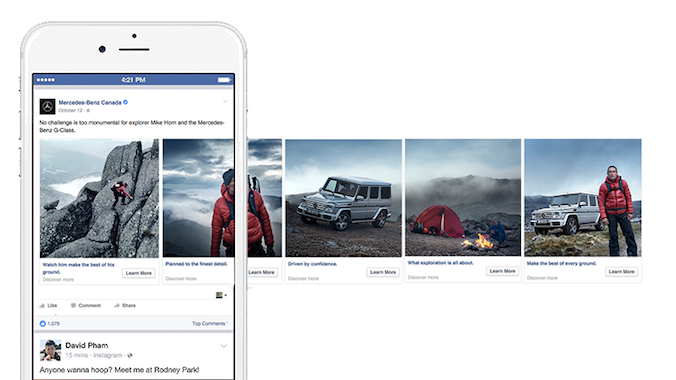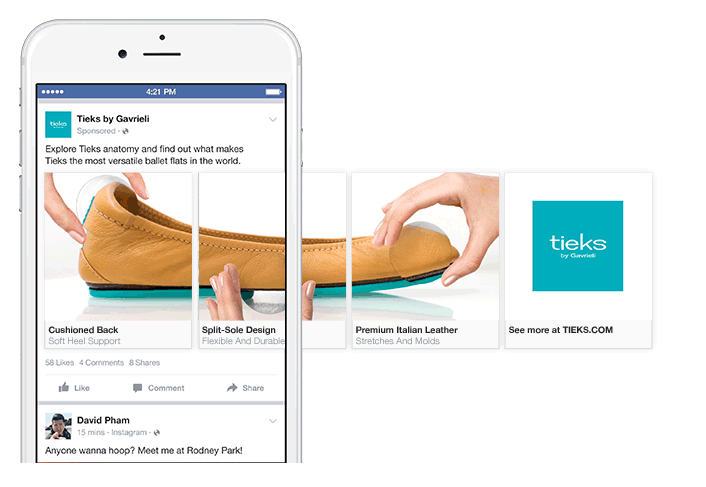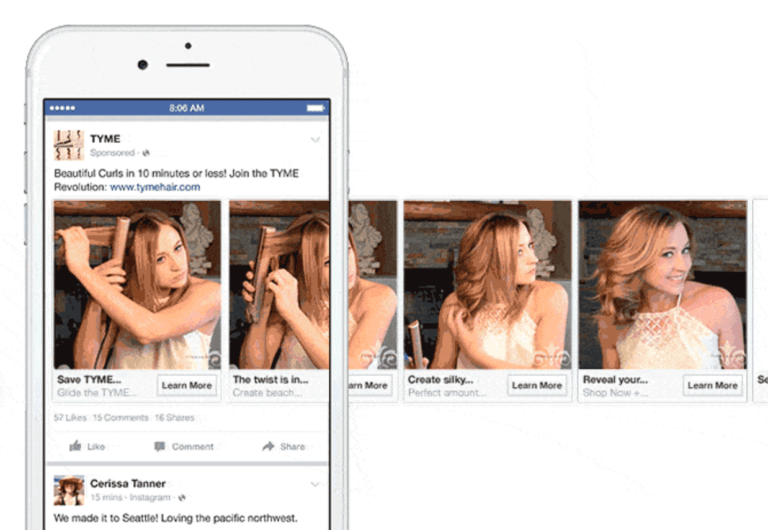
Image by Jennifer Pearce
For businesses of any size, social media advertising offers an effective means of engaging your audience and positioning your brand. It utilises user information and behaviour to deliver highly relevant advertising opportunities. However, it’s often because of this that users’ newsfeeds are so saturated with competing, personal marketing content – sometimes a little overwhelming!
With the high competition and saturation of social media channels, it’s more important than ever that your marketing messaging stands out. Whether you’re communicating your brand, product or service, you need to design in a way that commands attention and fosters that connection.
So, how do you do it? It sounds more difficult than it is, and the answer is actually quite simple: storytelling.
Why is storytelling important in content marketing?
One of the most powerful means of capturing an audience’s attention is through storytelling. From childhood through to adulthood, stories are always present: to educate, build memories, form relationships, and inspire action. Most importantly, stories have the ability to convey meaningful messages in a subtle manner (and add value to them). This makes them the perfect tool for crafting your marketing messaging.
While there are many different ways to employ storytelling in your marketing messaging, the main goal should always be to create a memorable story that your audience can actually connect with. A memorable story can persuade a user to learn more, to purchase or even tell others about your brand. To do this, you must create compelling stories that appeal to your audience’s needs or emotions and illustrate authentic experiences that resonate with them.
Why use Facebook or Instagram carousel ads?
The Facebook and Instagram carousel ad-formats introduce significantly more interactivity and attention into your digital advertising. They draw on the well-established tapping and swiping habits of everyday mobile users, and are equally user-friendly to create and manage.
The carousel ad-format is made up of several individual ‘cards’ (a minimum of two and a maximum of ten). Each individual carousel card contains:
- An image or a video (1:1 ratio)
- Headline (40 characters)
- Link description (20 characters)
- A call-to-action
While the carousel cards can operate as their own single ad-units, they’re just so much more effective (in terms of both engagement and resulting affordability) when they work together. Integrating your carousel delivery will provide more room for creativity – while still allowing for the unique purpose or actions of individual cards.
Carousel ads are also the perfect medium to experiment with storytelling. Across multiple cards, you can carry your audience through a journey, feature multiple products, or demonstrate parts of a larger whole. The interactive medium means users choose whether or not they engage with your ad. So to make a connection and drive them through to an action, the story you tell is critical.
How do I implement storytelling into my ads?
There are a number of different ways to incorporate storytelling into your carousel ads. We’ve outlined just a few below.
Brand/Product Story
You can take a literal approach to storytelling and walk a user through the story of your brand: how you came to be, what you stand for, what you can deliver. This method could be a good choice for general awareness campaigns. Similarly, you could also invent a story of how someone may use your product and inspire a desire for it by speaking directly to their emotional needs – as exampled by Mercedes Benz below.

Image: Vici Media
Customer Story
Another approach is to let your customers speak for you. Testimonials from real people can always help grow trust from prospects and a story from the customer’s point of view can also be an effective way to gain attention while scrolling. Structure a story from either a real testimonial or create a standard persona based off your real audience and highlight the major impacts of your brand’s product or service. Begin with an introduction to their problem, how your brand addressed or fixed that problem and how satisfied they were with the resolution. Telling a story from the customer perspective enhances credibility, but also allows your audience to identify with the customer and in turn, your brand.
Detailed Close-Up
Utilise the multiple-image layout to highlight details of your product up close and personal. Focusing on individual features can create a story about how a product was made, or walk a user through how they might interact with your product or service. This also can draw focus to a particular element that the user can’t otherwise see in a static advertisement, and can provide more reasons why it’s appropriate for them. A popular example is Tieks by Gavrieli below.

Image: Buffer
Features
Similar to the above, you can focus on individual features that reflect the basic needs your product or service fulfils for the average person. Do this by presenting relatable circumstances and include how your brand can fit in to improve the situation or resolve a problem completely. You could also highlight how your product or service can be incorporated into the daily life of your customer. This will help to prompt your audience with familiar experiences and visualise how your brand would benefit them.
Tutorial
Lastly, another interesting way to exhibit your product or service is through a carousel tutorial. This would work in cases where a demonstration proves your selling point or ease of use, as demonstrated in the example below. When targeting those audiences who are seeking results quickly, a tutorial can be effective in converting leads or be convincing enough to get users to want switch from a competitor.

Image: Clix Marketing
If you need help telling your brand’s story, we’re here to help. Get in touch with us today on [email protected]





